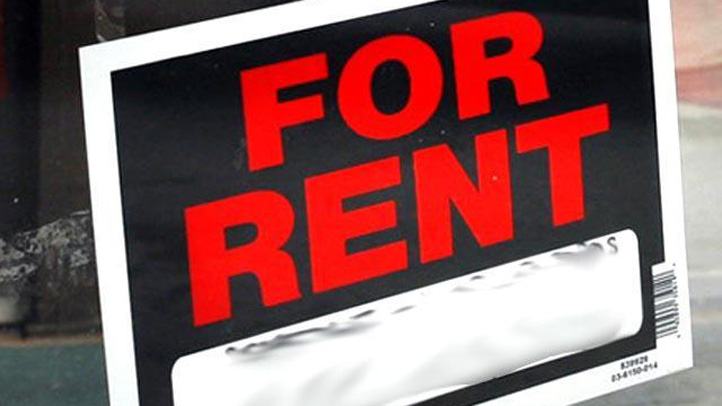The blast of warm air is the first to greet you, even before the smell. A few gingerly steps down a metal ladder and the asphalt of the street disappears overhead into a stifling silence. Already the camera lens fogs up and the opening of the manhole projects a crushed oval of light onto a flowing stream of water below.
A few steps more and you’re in the stream -- a river of filth gliding along the thighs of my rubber waders issued by the Public Utilities Commission.
This is the depth of San Francisco’s sewer system - an aging warren of underground tunnels, some dating back to the early years of the city. I’m not sure why I wanted to come here. But as long as I can remember, I’ve craned my neck at the sight of open manholes, straining to see past the workers for a glance into the city’s true underworld.
When the city offered me the chance to tour the sewers for a story on the crumbling infrastructure I responded with an immediate "heck yes!"
Before my tour, I was required to attend a brief, pre-tour safety meeting. The safety officer asked if I had any anxiety about venturing into the sewer’s tight, dark quarters. He seemed to recoil, when I responded, “I’ve been waiting for this day for years."
I wrapped the legs of my tripod in garbage bags and duct tape - anticipating things might get messy. We would enter the sewer just under the Bay Bridge not far from AT&T Park.
San Francisco’s sewers are old and crumbling. Many of them were dug by pick and shovel back in mid-1800s. Yet they still function - albeit with a lot of care and maintenance.
Local
My guide on this adventure, Daniel Whitlock, has worked in the sewers for four years. As we descended into the darkness, he cautioned me about my inaugural journey.
"First time you come down, you don’t exactly know what you’re going to see," Whitlock warned as he flicked the light on his helmet - illuminating a long cramped tunnel.
We waded through the stream, the beam of light from his helmet bouncing along the walls which were originally brick, and since plastered over.
"The walls are alive," Whitlock said a few yards later. As I pondered the meaning of his message, a massive swarm of roaches flickered to life, darting back and forth to escape the beam of his light.
"This is where they live,” Whitlock said. “We’re in their world now."
Whitlock explained the oppressively warm air in the tunnels was the result of hot water from showers and sinks pouring down from the world above. As far as the stream we were wading through - Whitlock said he’d seen anything and everything floating down it. I left it at that.
San Francisco’s sewers are old and crumbling. Whitlock dug his hand into the side of a water pipe - a torrent of sand and gravel cascaded into the stream.
"I can see here along the crown of the pipe," he said. "We’ve got signs of decay."
City workers regularly patrol down here for damage - dispatching repair crews to fix the aging walls and pipes.
The city’s Public Utilities Commission is in the early phases of a sweeping $1.2 billion plan to update the sewers. It’s part of a $6 billion plan to update the entire system, which includes a water filtration plant in China Basin that failed in the Loma Prieta Earthquake. The work is expected to take another 10 years.
The light on my helmet caught Whitlock gazing into a crevasse - rough and chewed as if it had just been dug by a miner yielding a pick. He seemed almost moved by the sight. “It’s amazing the craftsmanship they had back then,” he said. I nodded, sharing his admiration of the forefathers and their antiquated, yet thoughtful systems of shuttling waste.
My hour in the depths of the city seemed to fly by. The crews began shouting down the manhole to make sure were OK. We were.
I sadly climbed the ladder, ascending back into the noisy world of cars and sunlight. The trash bags around the legs of my tripod had filled with sewer water - affording me an unfortunate souvenir. I must’ve beamed at the experience, because a foreman mentioned he’d never seen someone so excited to go in the sewer.
Perhaps my enthusiasm was for the chance to see San Francisco’s infrastructure from Gold Rush times - looking and working roughly as it did in the days when it was installed - before automobiles, before the devastating earthquake that would reduce the city to ruin.
Very few in the public have seen it - not that they’d want to. I left with an admiration of the early city planners, and the workers who still maintain their work, noting the state of the underground world - has a rosy future.



